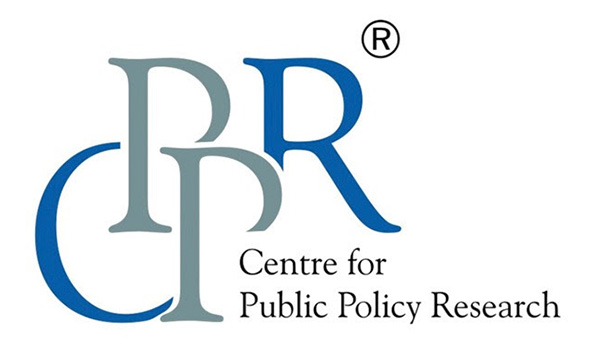From the blog

COVID-19 & URBAN INDIA’S UNEMPLOYMENT CATASTROPHE
October 6, 2021
Spanish Flu & ‘W’ Shaped Mortality Age Profile: Lessons For Present Pandemic
October 6, 2021BRICS & Covid-19 Casualties: Lessons from Four Continents

Introduction
Since 2001, when Goldman Sachs economist, Jim O’ Neill grouped the BRICS countries for their rapid economic development, it has become an important forum connecting the economies of four continents. Its member countries- Brazil, Russia, India, China and South Africa, have 23% share in world GDP and 16% share in world trade and are said to dominate the world economy by 2025. BRICS also represents the largest markets of the world and a great military strength.
Since BRICS is an aspirational geopolitical configuration with wider geographic spread, varying culture and political structure and visible economic growth story, it is imperative to look at BRICS countries Covid-19 pandemic management and death toll to look at learning points.
BRICS: Casualty Analysis
BRICS account for 42% of world population. They registered nearly 31.5% of total world cases and 26.6% of total deaths as of November 2020. Brazil recorded the highest deaths, followed by India and Russia (Fig.1). Surprisingly, China, where coronavirus originated, recorded the least deaths. It is also known that China’s data could well be far suppressed and Moscow has controlled media. Thus, state control and authoritarianism pushed many things under the carpet.
Brazil stands as a basket case of Covid-19 casualty. With a population of approximately 200 million, the death toll of 5.04 is abysmally high. While India managed the first wave reasonably well, the cumulative death toll of nearly 3.9 million is huge. However, given India’s 13.30 million population, the death ratio could be a consolation. Russia comes second after the USA in positivity rate but for long, its COVID-19 fatality rate remained much lower than the global average. South Africa’s death is limited to 0.59 million in a population base of 59.3 million. While the empirical case of China seems exemplary, given the cloud of suspicion on China’s data, it may be challenging to analyze China’s case.

Lessons: Leadership Matter
Given several of these asymmetries and varying death toll, analyzing BRICS Covid-19 casualty serves an interesting perspective. India and China are two most populous countries of the world while Brazil and Russia are very large countries with limited population size. Political structure wise, while Brazil and India are democracies with free press, China and Russia are authoritarian regimes reflecting controlled media.
Three prominent and interesting lessons emerge from BRICS Covid-19 casualty analysis. First, the case of Brazil and Russia being evident, population size and pandemics don’t always correlate. While Russia managed with least death toll, Brazil turned out to be a basket case of pandemic mismanagement.
Second, the role of leadership during a crisis is very vital. In the case of Brazil, the president, Jail Bolsonaro dismissed the coronavirus as a “little flu”. President’s refusal even to wear a mask till he himself contracted Covid-19, almost became global media mockery. Unlike the global trend of lockdown, Bolsonaro discouraged the government from imposing a lockdown. As a result, the country was driven to high casualty charts.
Third, neither population size, nor regime or economic profile really matters. Efficient leadership and crisis management roadmap and skill is most needed. China had some of the strictest lockdowns and South Africa, in spite of high incidences of cases, minimized the death toll. India, with a high volume population still demonstrated leadership while Brazil’s population to death toll ratio is very high.
The virus has proved to be very dynamic; therefore, what is needed is the efficient use of available resources along with transnational cooperation. The pandemic calls for an effective leader and an informed public.
(This blog is written by CPPR interns Aastha Rathi & Saumya Avasthi under guidance of Dr. R P Pradhan, CPPR Distinguished Fellow)
Views expressed by the author are personal and need not reflect or represent the views of Centre for Public Policy Research.

